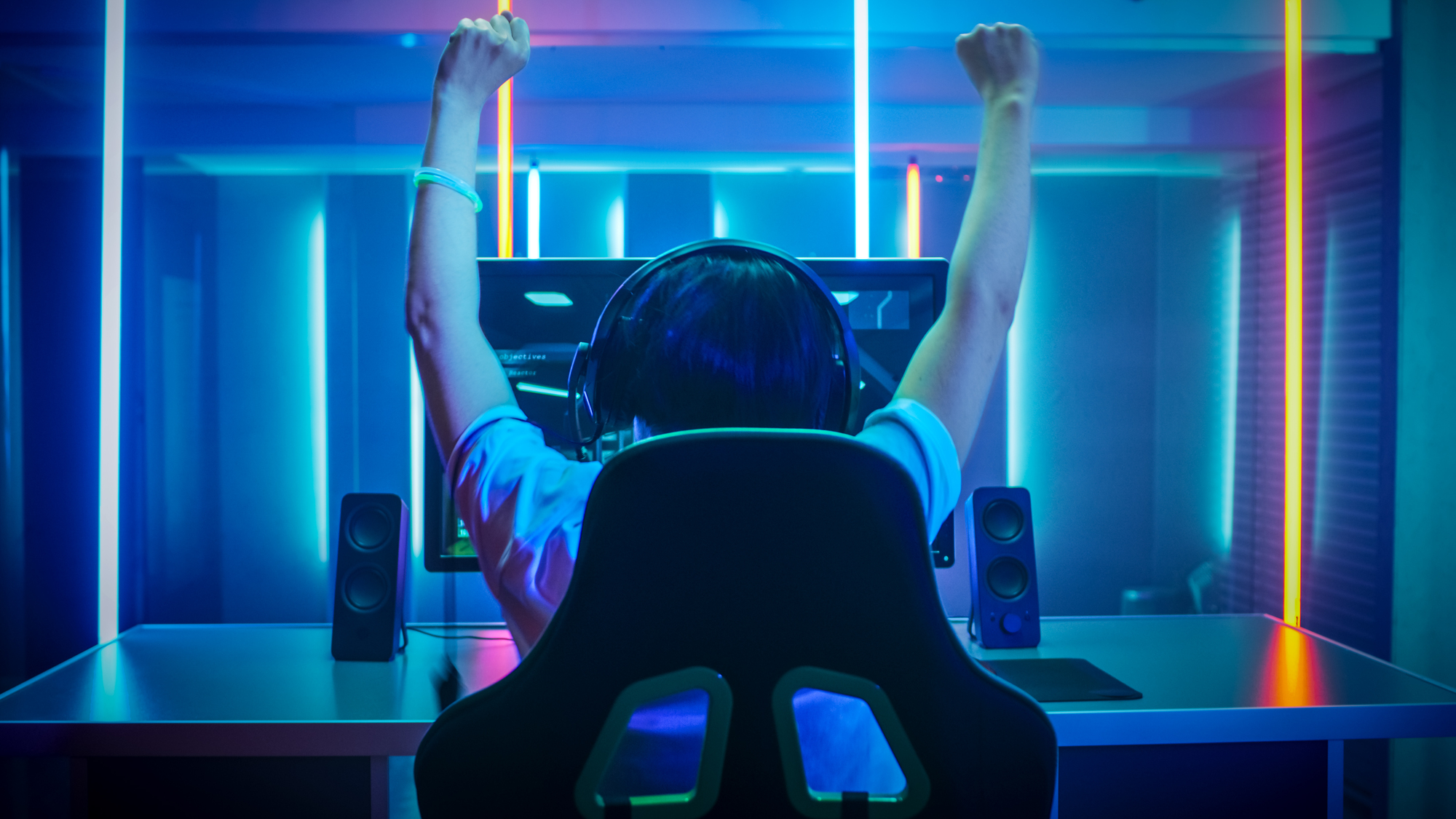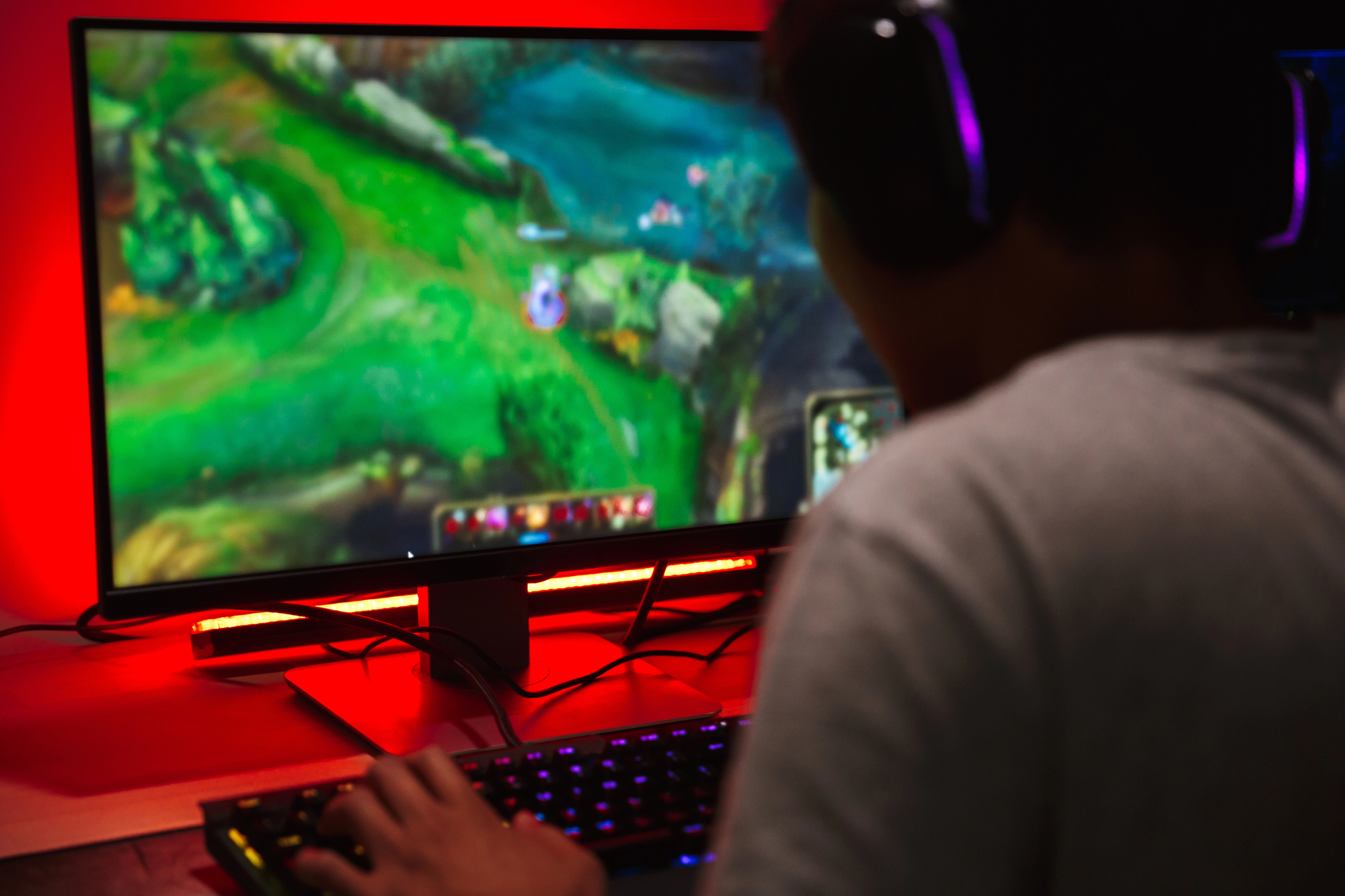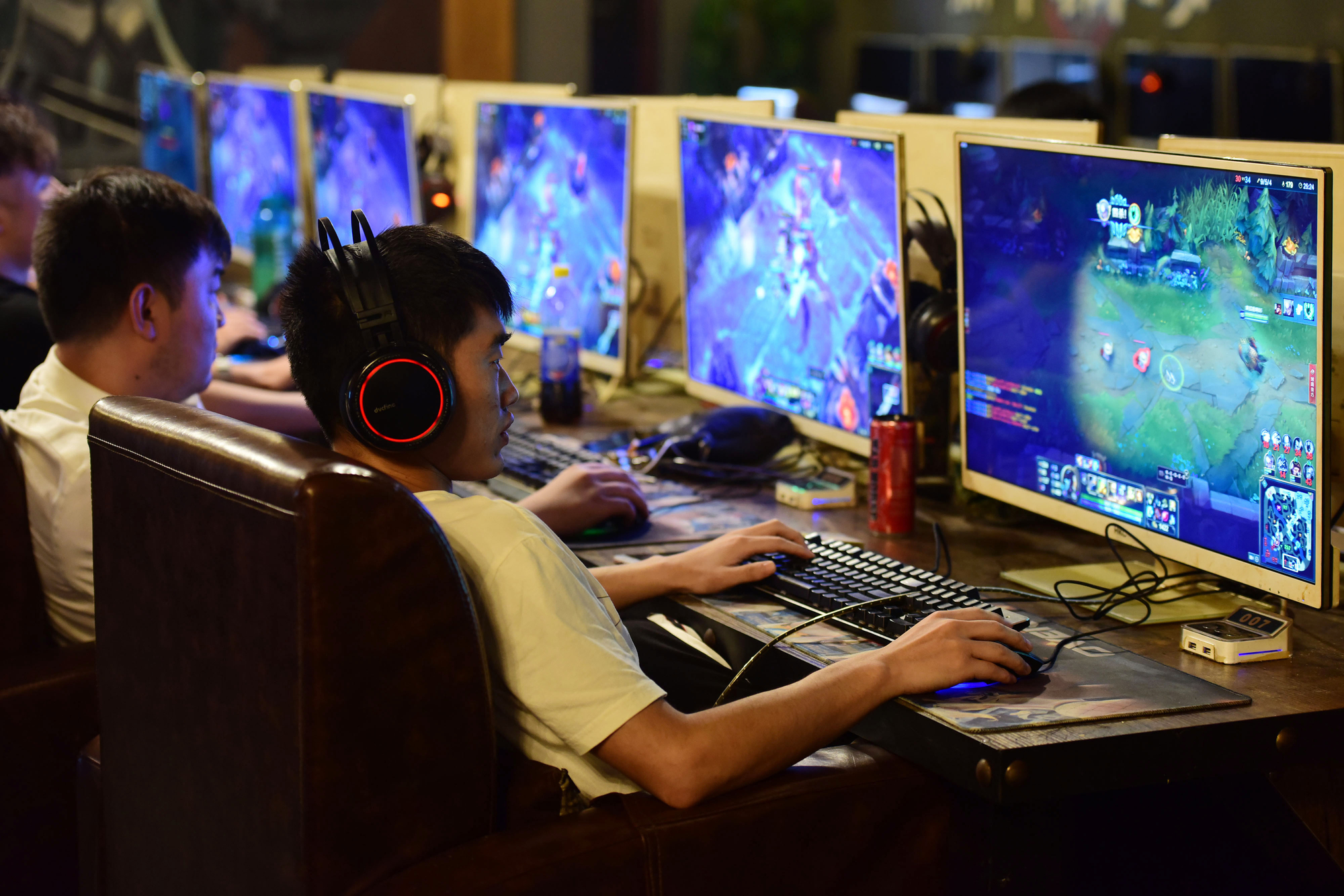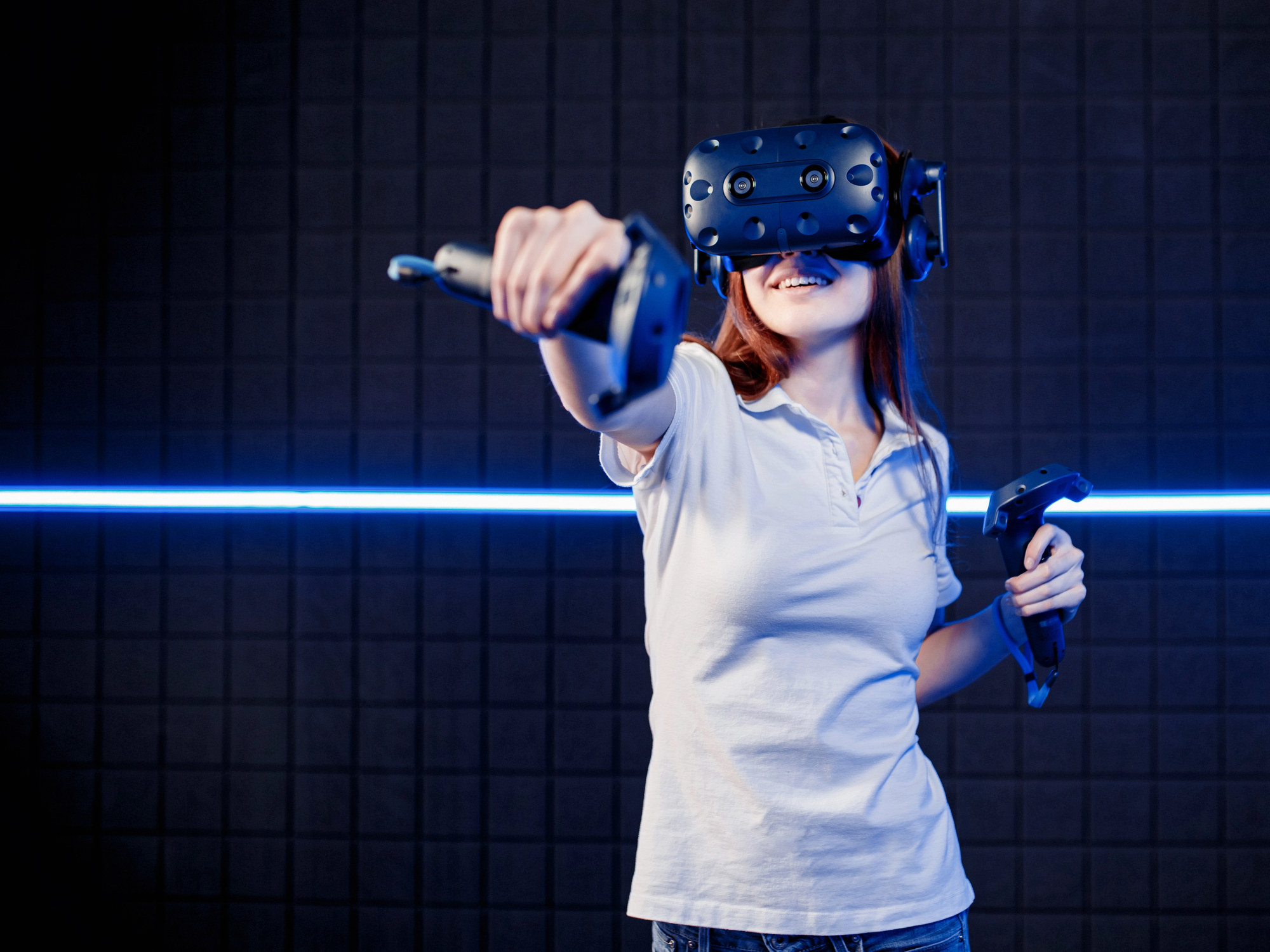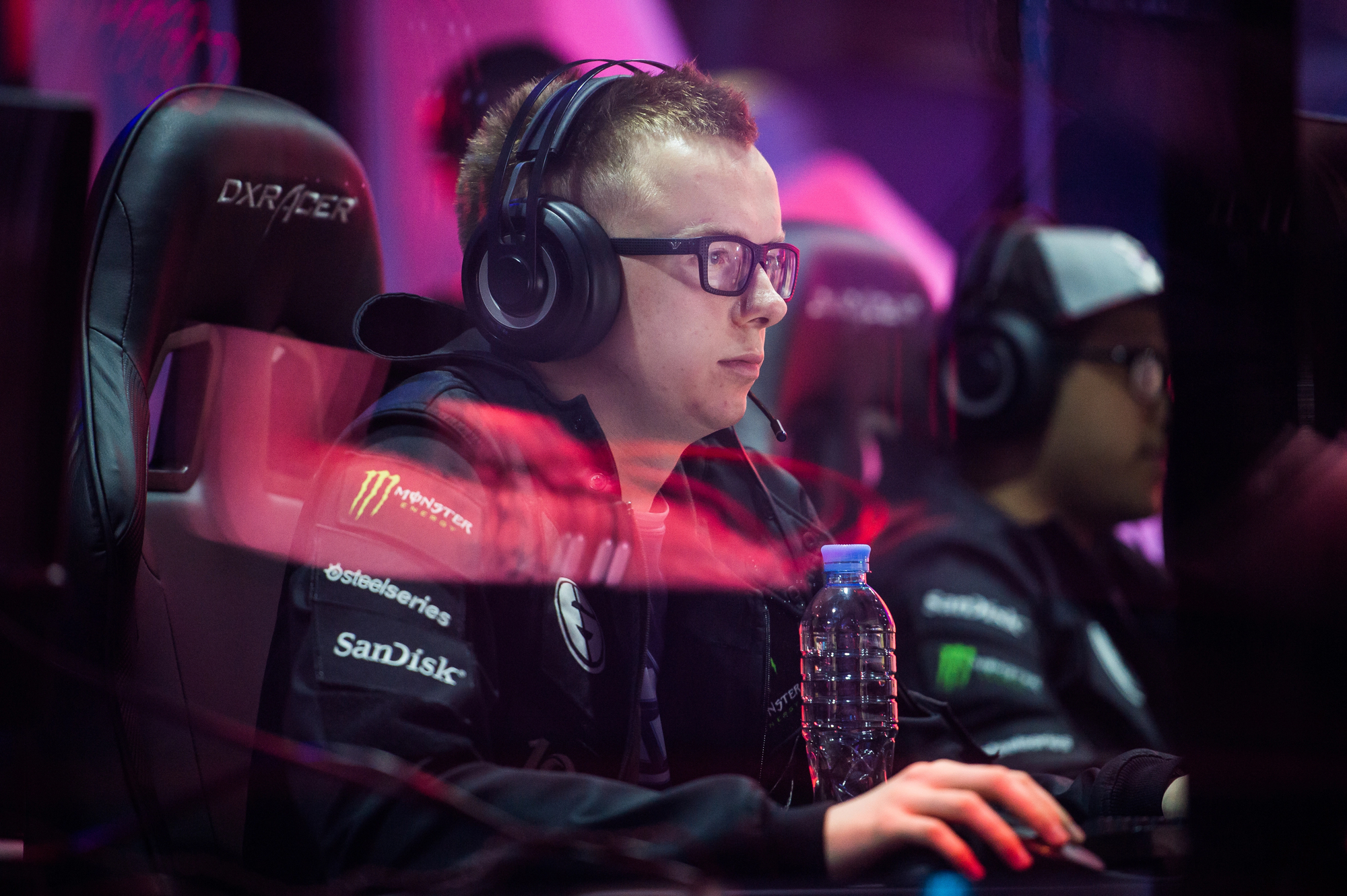Gaming has emerged as a powerful catalyst for creativity and innovation. Video games immerse players in interactive worlds that challenge their problem-solving abilities and spark imagination. Through engaging narratives, complex gameplay mechanics, and cutting-edge technology, games stimulate creative thinking and foster innovative approaches to challenges.
The gaming industry itself exemplifies innovation, constantly pushing technological boundaries and exploring new forms of storytelling. This drive for advancement spills over into other sectors, inspiring creative solutions in fields like education, healthcare, and business. Games often require players to think outside the box, experiment with different strategies, and collaborate with others to achieve goals.
Many game developers incorporate tools that allow players to create their own content, further nurturing creativity. These user-generated content features enable players to design levels, characters, and even entire games, providing a platform for creative expression and skill development. As gaming continues to evolve, its role in fostering creativity and driving innovation across various industries is likely to grow.
The Intersection of Creativity and Gaming
Video games blend interactive storytelling, artistic design, and problem-solving challenges. This fusion creates a fertile ground for creative expression and innovation.
Fostering Creative Thinking Through Gameplay
Games often present players with puzzles, strategies, and open-ended scenarios that require creative solutions. Sandbox games like Minecraft allow players to build and craft within vast virtual worlds, sparking imagination and inventiveness. Role-playing games encourage players to develop characters and make choices that shape narratives, exercising creative decision-making skills.
Strategy games push players to devise tactics and adapt to changing situations, honing their ability to think creatively under pressure. Many games also feature level editors or modding tools, giving players the chance to design their own content and share it with others.
Design and Artistic Expression in Games
Video games serve as a canvas for visual artists, musicians, and designers. Game environments showcase intricate 3D models, textures, and lighting effects that create immersive worlds. Character designs range from realistic portrayals to stylized interpretations, reflecting diverse artistic visions.
Game soundtracks and audio design play crucial roles in setting mood and enhancing player experiences. Composers create original scores that adapt to gameplay, while sound engineers craft realistic effects that bring virtual worlds to life.
User interface design in games balances aesthetics with functionality, requiring creative solutions to display information without disrupting immersion.
Narrative and Lore: The Heart of Video Game Storytelling
Game writers craft expansive narratives that unfold through character interactions, environmental storytelling, and player choices. Branching storylines allow for multiple outcomes, encouraging players to explore different narrative paths.
World-building in games often involves creating rich lore, fictional histories, and complex character backstories. This depth of storytelling provides a foundation for player engagement and fuels fan creativity through fan fiction, art, and cosplay.
Games like The Witcher series and Mass Effect demonstrate how player choices can significantly impact story outcomes, blurring the line between game designer and player as co-creators of the narrative experience.
Cultivating Innovation and Problem-Solving Skills
Gaming offers a rich environment for developing creative thinking and innovative approaches. Players face diverse challenges that stimulate their minds and encourage novel solutions.
Educational Impacts of Gaming on Creativity
Video games provide interactive experiences that spark imagination and foster creative thinking in educational settings. Students engage with complex scenarios, requiring them to develop unique strategies and solutions. This process enhances their ability to approach problems from multiple angles.
Games often present open-ended tasks, allowing players to experiment with different approaches. This freedom encourages divergent thinking, a key component of creativity. As students progress through game levels, they build confidence in their problem-solving abilities, which transfers to real-world situations.
Some educators incorporate game design projects into their curriculum. These activities challenge students to create their own games, promoting both technical skills and artistic expression.
From Puzzles to Resource Management: Gaming’s Cognitive Challenges
Games span a wide spectrum of cognitive challenges, from intricate puzzles to complex resource management simulations. Puzzle games sharpen logical reasoning and pattern recognition skills. Players must analyze information, identify relationships, and apply creative solutions to progress.
Strategy and resource management games push players to make decisions with limited information and resources. This cultivates critical thinking skills as players weigh trade-offs and anticipate long-term consequences of their choices.
Many games feature adaptive difficulty levels, constantly challenging players to improve their skills. This continuous learning process builds resilience and adaptability, valuable traits for innovation in any field.
Multiplayer games often require collaboration and communication, fostering teamwork and collective problem-solving skills. These social aspects of gaming contribute to developing well-rounded innovators capable of working effectively in group settings.
Collaboration and Community in Gaming Culture
Gaming fosters collaboration and builds vibrant communities. Players connect, create, and innovate together, transforming their shared passion into a powerful force for creativity.
Multiplayer Games and Teamwork
Multiplayer games provide a platform for teamwork and cooperation. Games like Minecraft and Roblox encourage players to work together, building virtual worlds and solving problems collectively. These environments promote communication skills as players coordinate strategies and share resources.
In team-based games, players learn to leverage each other’s strengths and compensate for weaknesses. This collaborative mindset often extends beyond the game, influencing how players approach real-world challenges.
Online gaming communities also serve as hubs for knowledge sharing. Players exchange tips, strategies, and creative ideas through forums and social media platforms. This constant flow of information fuels innovation within the gaming ecosystem.
Impact of Gaming on Real-Life Creative Endeavors and Team Dynamics
The skills developed through gaming often translate to real-life creative projects. Gamers who collaborate on modding or level design bring valuable experience to fields like software development or digital art.
Gaming can improve team dynamics in professional settings. Players who lead guilds or manage in-game communities often develop leadership and conflict resolution skills applicable to workplace environments.
The problem-solving mindset cultivated in games can spark innovation in various industries. Gamers are accustomed to thinking outside the box and adapting to new challenges, traits highly valued in creative fields.
Many companies now use gaming-inspired techniques to boost creativity and teamwork among employees. This gamification of work processes can lead to increased engagement and productivity.
The Evolution of Gaming as a Powerful Tool for Growth
Gaming has transformed from simple entertainment to a catalyst for personal and professional development. Its impact extends far beyond leisure, shaping creative thinking and innovative approaches across various domains.
Encouraging Creative Minds in Adults and the Workplace
Video games foster creative problem-solving skills in adults. They present complex scenarios that require innovative thinking to overcome challenges. This translates directly to the workplace, where employees who game often exhibit enhanced brainstorming abilities and adaptability.
Many companies now incorporate gaming elements into training programs. These initiatives boost engagement and help staff develop new skills in a low-risk environment. For example, some businesses use strategy games to improve decision-making or puzzle games to enhance logical reasoning.
Gaming also stimulates lateral thinking. Players frequently encounter situations with multiple solutions, encouraging them to explore diverse approaches. This mindset carries over to professional settings, leading to more imaginative solutions to real-world problems.
Gamification: A Method for Amplifying Engagement and Productivity
Gamification applies game design elements to non-game contexts, boosting motivation and participation. Businesses leverage this technique to increase employee productivity and customer loyalty.
Reward systems, progress tracking, and competitive elements are common gamification strategies. These features tap into people’s innate desire for achievement and recognition. For instance, sales teams might use leaderboards to spark friendly competition and drive performance.
Educational institutions also employ gamification to make learning more interactive and enjoyable. Students earn points, badges, or virtual currency for completing assignments or mastering concepts. This approach has shown promising results in improving retention rates and academic performance.
Gamification extends to personal growth as well. Fitness apps use gaming principles to encourage regular exercise, while language learning platforms incorporate game-like elements to keep users engaged in their studies.








